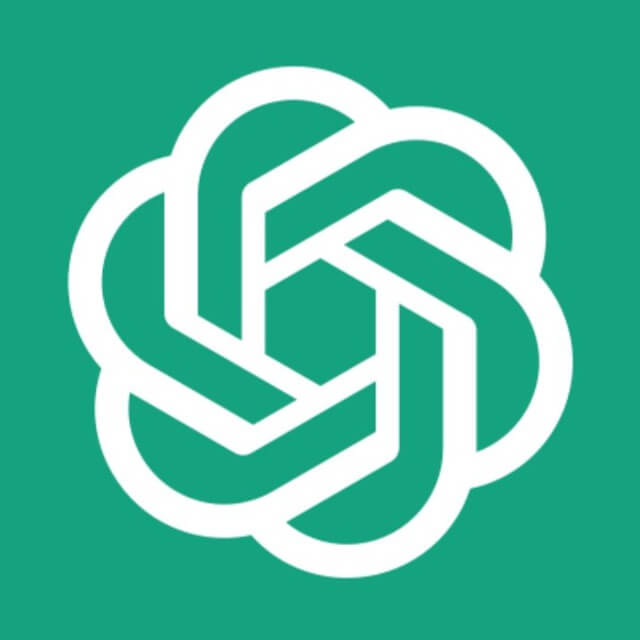An Introduction to Chainlink: The Decentralized Oracle Network
Chainlink is a decentralized network of oracles that provide data from off-chain sources to on-chain sources, bridging the gap between the blockchain world and the traditional administrative structures. The project was launched in June 2017, co-founded by Sergey Nazarov and Steve Ellis. It is built on the Ethereum network and uses a Proof-of-Stake consensus algorithm.
Smart Contracts and Oracles
Smart contracts are self-executing agreements written in code and usually run on a blockchain. They can be simple, like a payment agreement, or more complex, like a decentralized financial system. However, smart contracts are limited by their inability to access real-world data, which is where oracles come into play.
An oracle is a software that acts as an intermediary, helping to facilitate a two-way data transfer between smart contracts and the real world. Chainlink's decentralized network of oracles aims to provide accurate and reliable data to blockchains, without relying on a single, centralized source.
How Chainlink Works
Chainlink uses a series of contracts to ensure the accuracy and reliability of data provided by its oracles. These contracts include:
- Requesting Contract: A user-initiated contract that requests specific data from the Chainlink network.
- Service Level Agreement (SLA) Contract: A matching contract that accesses off-chain data and ensures the reliability of the data provided.
- Reputation Contract: Evaluates the track record and authenticity of an oracle, determining its trustworthiness.
- Order Matching Contract: Sends the request contract's query to trusted nodes, selecting suitable nodes to handle the request.
- Aggregating Contract: Validates and reconciles data from multiple sources, providing a single, accurate result.
These contracts work together to ensure that the data received from Chainlink's oracles is accurate and reliable, allowing smart contracts to execute based on real-world information.
Chainlink's Tokenomics
Chainlink's native token, LINK, is used to fund the project's growth and incentivize participation in the network. There is a maximum supply of 1 billion LINK tokens, with a current circulating supply of over 464 million tokens. The token's limited supply makes it non-inflationary, as an increase in demand will likely result in a price increase.
The distribution of LINK tokens is as follows:
- 35% allocated to network operators and oracle providers
- 30% allocated to the development of the Chainlink ecosystem
- 35% sold in public sales events, such as Initial Coin Offerings (ICOs)
Users can participate in the Chainlink network by becoming node operators themselves, earning LINK tokens by handling data-related tasks and contributing to the network's success.
In summary, the main uses of LINK tokens are to pay the network for data services and to be used as a deposit by node operators to ensure honesty and reliability.
Team Background
The Chainlink project was co-founded by Sergey Nazarov and Steve Ellis, who bring a wealth of experience and expertise in the technology industry. Sergey Nazarov has a strong background in creating secure oracles, and Steve Ellis has experience as a software engineer with a focus on cryptography and blockchain technologies. Together, they are leading a team of skilled professionals dedicated to building and improving Chainlink's decentralized oracle network.
Current and Upcoming Project Development
Chainlink is constantly evolving and growing, with new partnerships and integrations in the pipeline. The team is dedicated to enhancing the platform's security, scalability, and overall user experience. Integration with multiple blockchain platforms, collaboration with leading industry players, and the ongoing development of more secure, reliable, and efficient oracle mechanisms are some current focuses of the Chainlink project.
The future of Chainlink is promising, as its innovative, decentralized approach continues to address the critical challenges faced by smart contracts today. By connecting the blockchain world with valuable real-world data, Chainlink is paving the way for more advanced and practical smart contract applications.
Conclusion
Chainlink is a unique and innovative project that aims to bridge the gap between the blockchain world and real-world data, enabling smart contracts to access and utilize accurate and reliable information. By using a decentralized network of oracles and a series of contracts to validate and aggregate data, Chainlink provides a secure and transparent solution for accessing off-chain data in a blockchain environment.
Chainlink Price Analysis
As of April 27 2025 Chainlink has a marketcap of $9,072,309,695.00.
This is {{percentagefromath}} from its all time high of $52.70.
In terms of its tokenomics, there's a total supply of 1,000,000,000 with 63.81% currently outstanding.
Keep in mind Chainlink has a fully diluted value of $14,217,693,310.00 which many investors might interpret as overvalued.
Of course, don’t trust price predictions alone, always check the Coinrotator token screener to follow the trending market.

 Summarized in part by
Summarized in part by ChatGPT 4 and Claude
